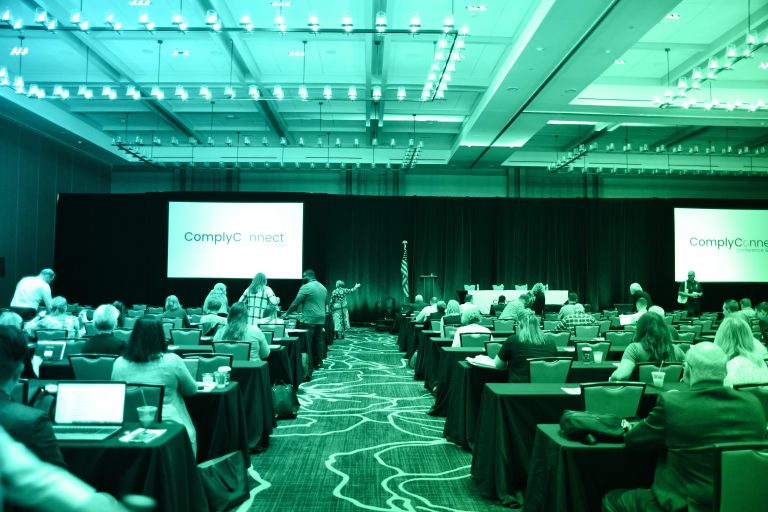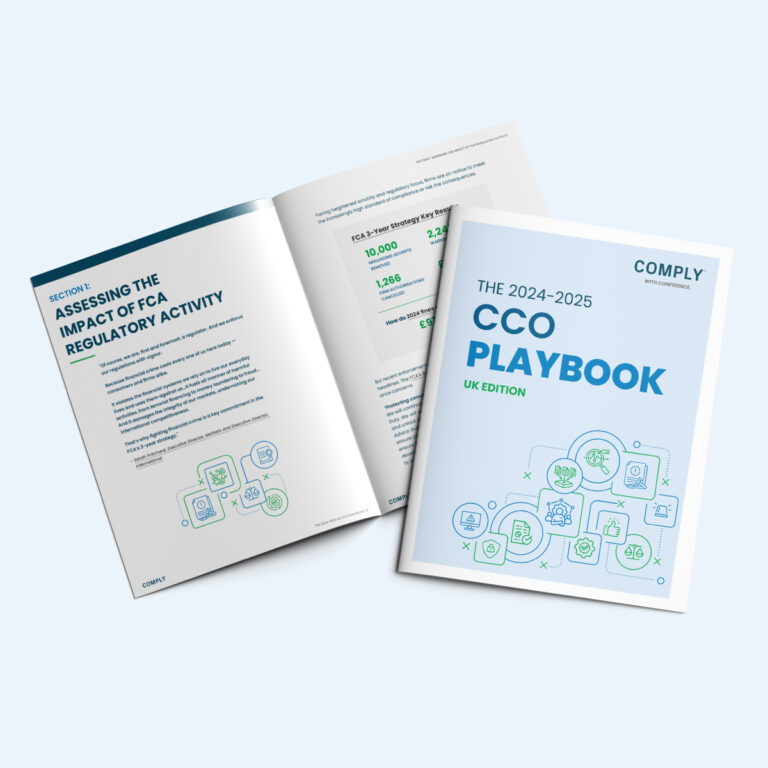Overview
Course Description:
While the Investment Advisers Act of 1940 includes most of the rules and regulations an advisory firm needs to abide by to be compliant, other regulations affect advisory firms in significant ways and must be considered. This session surveys anti-money laundering, basic ERISA compliance for advisers and ’34 Act Section 13 reporting requirements for advisers – mandates that every advisory firm needs to understand and might need to incorporate into its compliance program.
The focus of the first topic of this session is a survey of basic Employee Retirement Income Security Act (ERISA) compliance for investment advisers.This session will provide an overview of the essential definitions and concepts upon which ERISA is based, and how the new rule has expanded these concepts beyond pension plans to IRAs, HSAs, certain 403(b)s, etc. It will then provide guidance to help you begin planning how your firm will adapt to them.
2) The focus of the second topic of this session is anti-money laundering (AML) for investment advisers.While there is no current rule requiring that IA firms establish an AML program, that may soon change. In 2015 the US Treasury Department proposed rules that would require IAs to have AML programs. Moreover, even in the absence of such a rule, the SEC highly recommends that IAs design and enforce an AML compliance program appropriate to the adviser’s risks.AML experts will help you understand the new rule and let you know their thoughts on whether and/or when it may be adopted. In addition, they will help you develop a firm grasp of the underlying principal of AML compliance and aid you in evaluating the comprehensiveness of your current AML risk assessment by:
- suggesting areas that may have been overlooked;
- helping you understand how due diligence and documentation lend credibility to your organization’s risk assessment; and
- providing guidance in creating a sound written risk assessment summary.
The focus of the third topic of this session is a summary of Section 13 disclosure requirements under the Securities Exchange Act of 1934 and the applicability of these filings to certain investment advisers.
Learning Objectives
After attending this session, attendees should be able to:
- Determine when a service provider to an ERISA plan or IRA becomes an ERISA fiduciary
- List the circumstances in which an investment adviser would be subject to ERISA
- Distinguish advice to an ERISA plan from advice to plan participants
- Prepare for proposed changes regarding anti-money laundering rules affecting investment advisers
- Assess how anti-money laundering rules affect your firm
- Identify AML/BSA/OFAC examination priorities and develop policies and procedures to avoid common deficiencies
- Define the basic mechanics of Form 13F, Schedule 13D, Schedule 13G and Form 13H reporting requirements to help determine if these filings apply to your firm
Speakers
Coming soon!
Who is this for?
For Whom: Designed to increase the professional competence of investment adviser professionals with legal, compliance, operations and management responsibilities.
Suggested Skill Level: Basic
Instructional Method: Group Internet-Based
Pre-requisites for participation: No prerequisites are required.
Advance Preparation: None
Continuing Education Credits
COMPLY Continuing Education Guide
Recommended CPE Credit: 2 in the Regulatory Ethics field of study
Recommended IACCP® CE Credit: 2
Recommended CA MCLE Credit: 2




